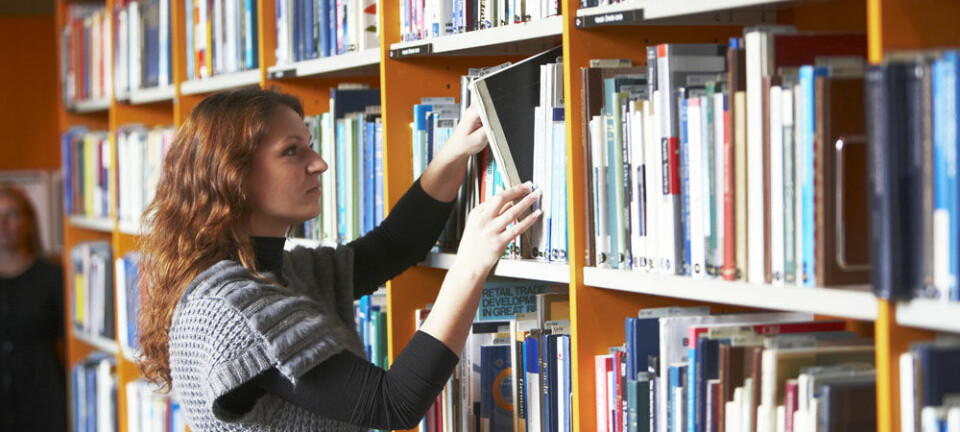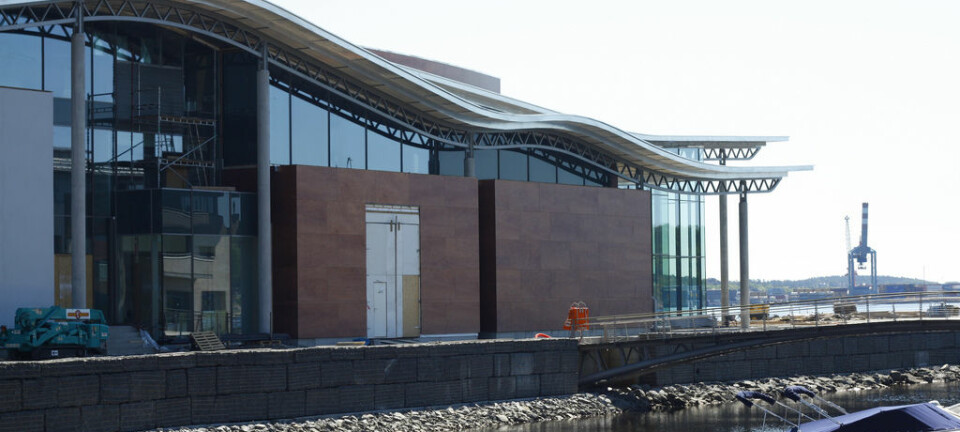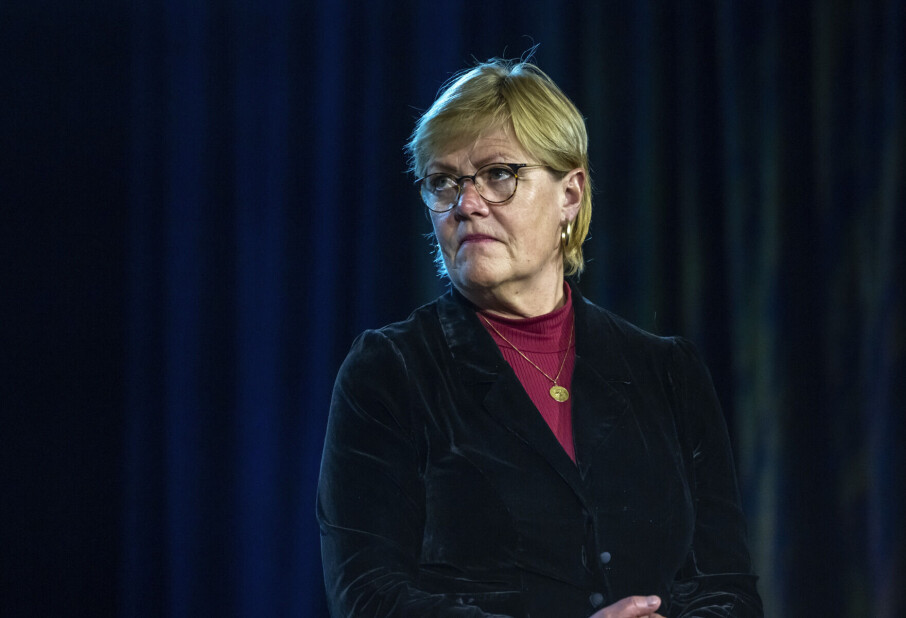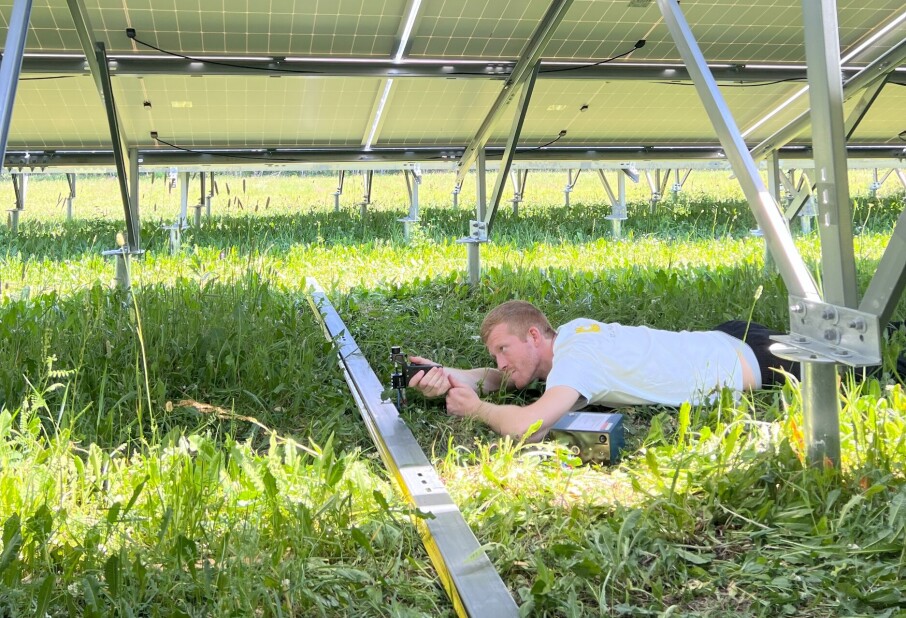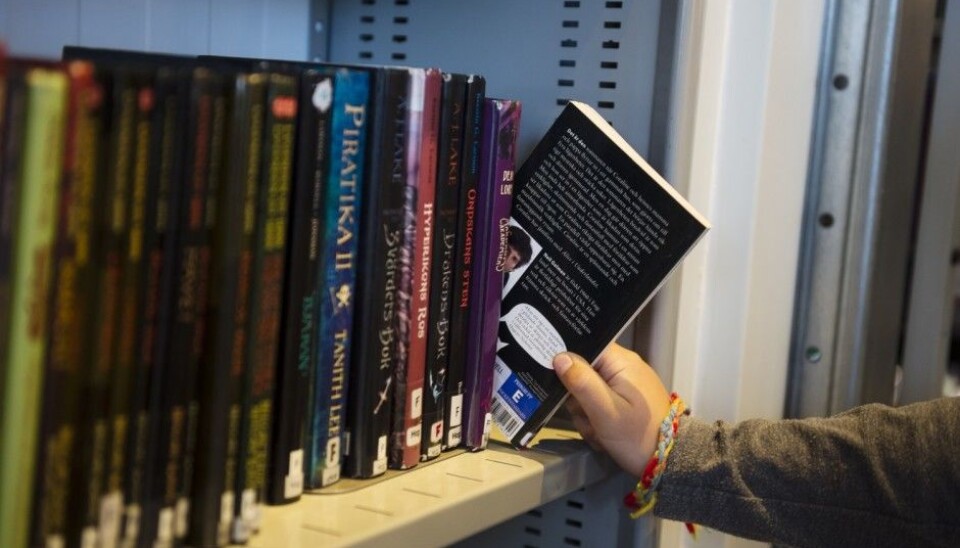
Libraries changing, but not in crisis
Public library use is down, but researchers are finding that libraries are now being used more as meeting places than lending institutions.
These days people go to their public libraries for way more than checking out books. Statistics Norway (SSB) figures reveal that visits to the library have declined, with only 40 percent of Norwegians visiting a public library during the past year, a decrease of about 10 percent from 2005.
At the same time, the range of services offered by libraries is growing, creating a meeting place for a wide cross-section of the population.
“Although library visits have declined, no other cultural institution sees nearly as much use by the broader population as libraries do,” says Professor Svanhild Aabø at Oslo and Akershus University College. Aabø’s research includes looking at the role of public libraries in Norway.
New cultural centre?
SSB’s numbers show that more people use their library’s internet services than borrow books. Only half of last year’s library users checked out novels, how-to books or textbooks.
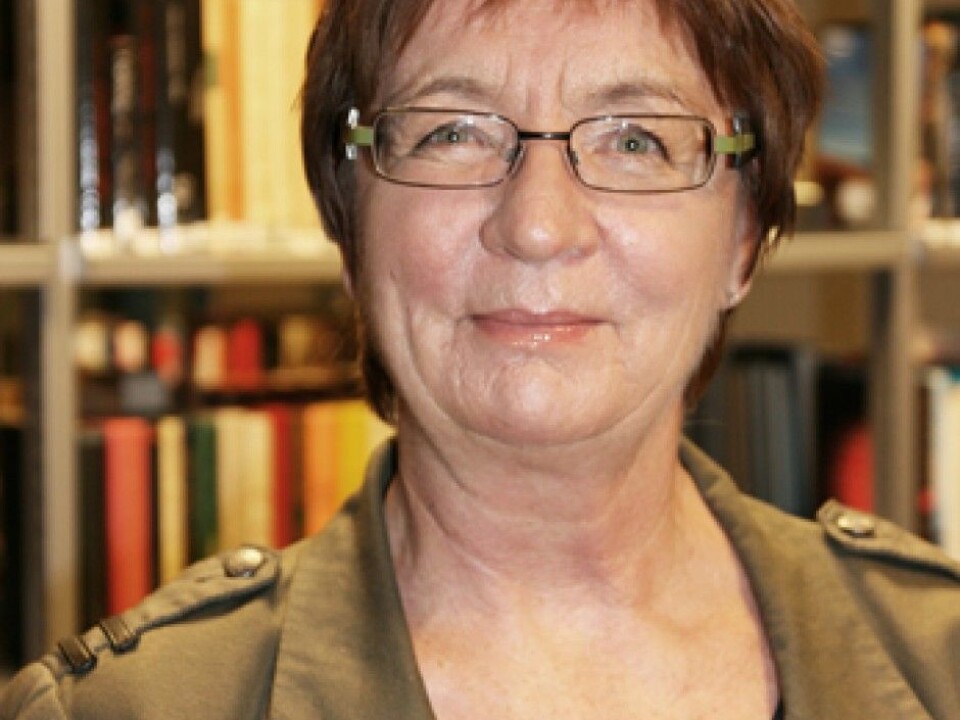
And a third of those asked have come to see exhibits at public libraries. Meetings, presentations, courses, debates account for another 25 per cent of library visits, especially among the 45 and over crowd.
Aabø is part of a European network of library researchers from various disciplines, who are considering how public libraries are changing and the challenges and possibilities that brings.
Her recent study at three libraries in Oslo confirms that more users come for reasons other than borrowing books.
Something for everyone
Most cultural venues attract a limited segment of the population, often segregating different social strata. Libraries are a place where people of all ages and from all cultures can meet and feel comfortable, Aabø’s research shows.
She believes that libraries can serve to support people who otherwise tend to be marginalized in society. “People feel that the library belongs to them,” says Aabø.
According to Ragnar Audunson, a professor at Oslo and Akershus University College, the main task of libraries in the future will be to ensure public access to knowledge, culture and information.
New library strategy
Recently, the Norwegian government presented a National library strategy based on research done at libraries in recent years. The strategy envisages that public libraries in the future will become even more important as cultural venues.
Norway marked its first National library day on 28 August with events at all kinds of libraries throughout the country that showcased their diversity.
Safe havens
Andreas Vårheim, a Professor in the Department of Culture and Literature at the University of Tromsø, has done studies of refugees’ and immigrants’ encounters with public libraries in Norway and the USA.
The Tromsø library is a very important meeting place for participants in the Introductory program for refugees. Homework help and a women’s reading group are other key initiatives.
“We found that refugees felt safe in the library,” Vårheim says. “Their trust in the library and other library users was high. Past participants in the Introductory program are continuing to use the library as a meeting place.”
Vårheim believes libraries are potential gateways to building trust and an increased sense of community across diverse populations.
-------------------------------------
Read the Norwegian version of this article at forskning.no







